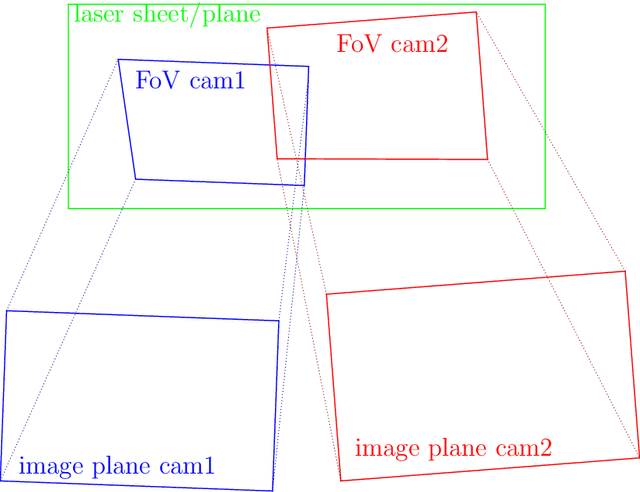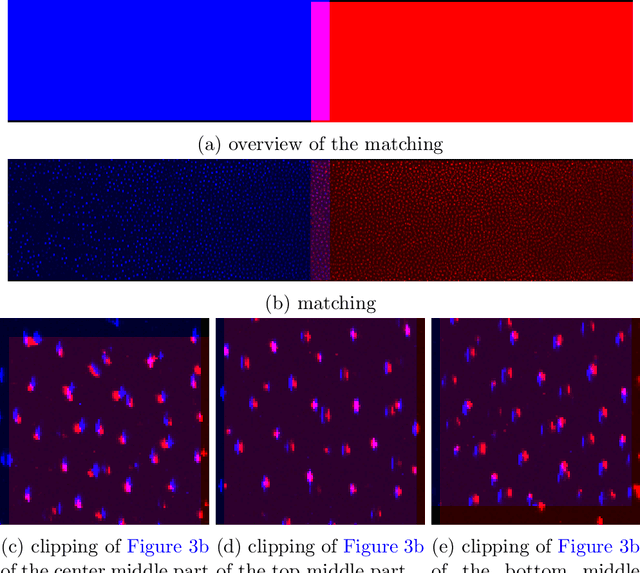Mierk Schwabe
Fisher Information, Training and Bias in Fourier Regression Models
Oct 08, 2025Abstract:Motivated by the growing interest in quantum machine learning, in particular quantum neural networks (QNNs), we study how recently introduced evaluation metrics based on the Fisher information matrix (FIM) are effective for predicting their training and prediction performance. We exploit the equivalence between a broad class of QNNs and Fourier models, and study the interplay between the \emph{effective dimension} and the \emph{bias} of a model towards a given task, investigating how these affect the model's training and performance. We show that for a model that is completely agnostic, or unbiased, towards the function to be learned, a higher effective dimension likely results in a better trainability and performance. On the other hand, for models that are biased towards the function to be learned a lower effective dimension is likely beneficial during training. To obtain these results, we derive an analytical expression of the FIM for Fourier models and identify the features controlling a model's effective dimension. This allows us to construct models with tunable effective dimension and bias, and to compare their training. We furthermore introduce a tensor network representation of the considered Fourier models, which could be a tool of independent interest for the analysis of QNN models. Overall, these findings provide an explicit example of the interplay between geometrical properties, model-task alignment and training, which are relevant for the broader machine learning community.
3D Particle Positions from Computer Stereo Vision in PK-4
Dec 09, 2019



Abstract:Complex plasmas consist of microparticles embedded in a low-temperature plasma containing ions, electrons and neutral particles. The microparticles form a dynamical system that can be used to study a multitude of effects on the level of the constituent particles. The microparticles are usually illuminated with a sheet of laser light, and the scattered light can be observed with digital cameras. Some complex plasma microgravity research facilities use two cameras with an overlapping field of view. An overlapping field of view can be used to combine the resulting images into one and trace the particles in the larger field of view. In previous work this was discussed for the images recorded by the PK-4 Laboratory on board the International Space Station. In that work the width of the laser sheet was, however, not taken into account. In this paper, we will discuss how to improve the transformation of the features into a joint coordinate system, and possibly extract information on the 3D position of particles in the overlap region.
 Add to Chrome
Add to Chrome Add to Firefox
Add to Firefox Add to Edge
Add to Edge